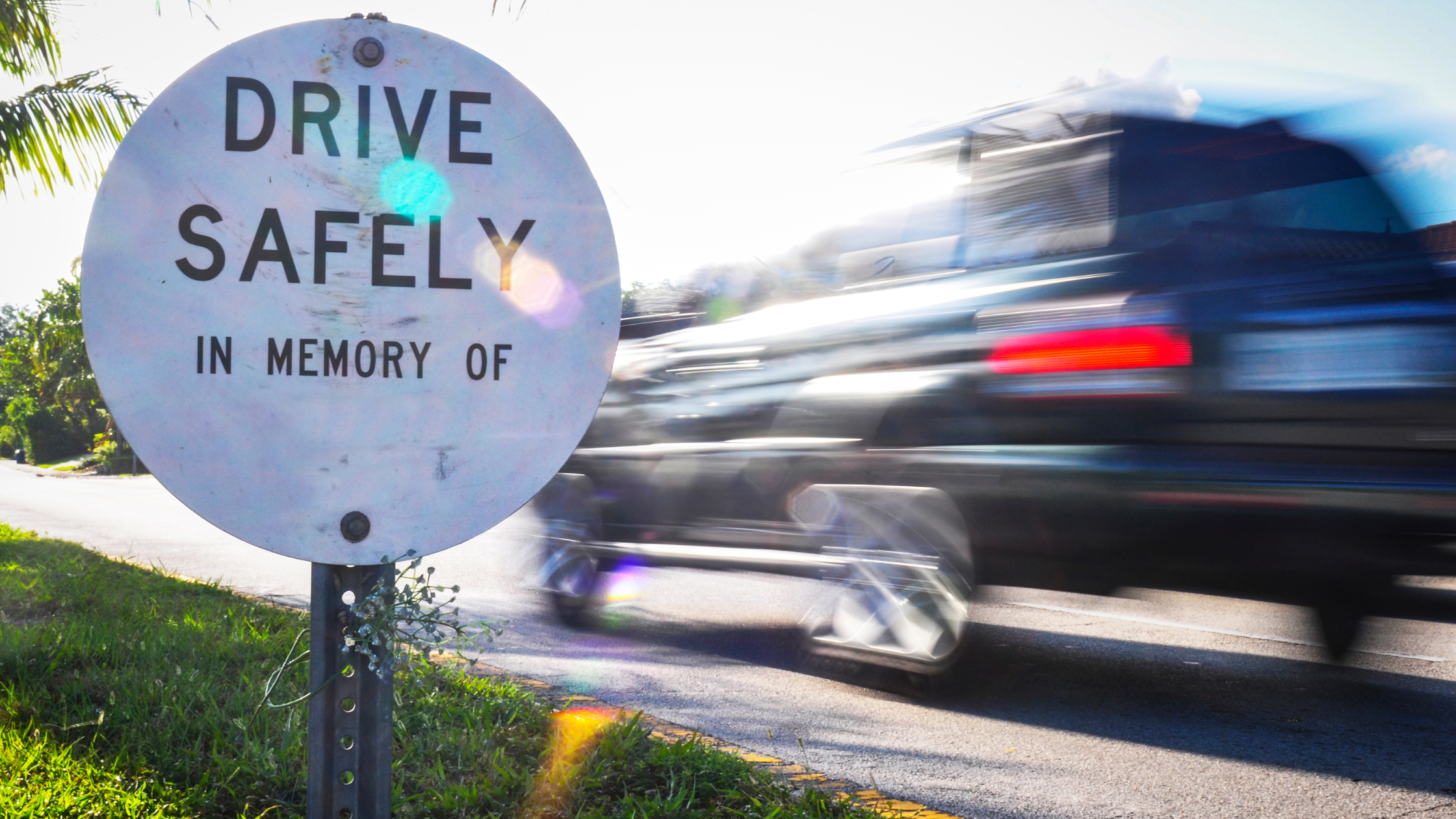Learning to drive is an exciting journey, filled with new challenges and responsibilities. As a new driver in London, it’s essential to be familiar with the rules of the road to ensure not only your safety but also the safety of other road users. In this blog, we will guide you through some fundamental rules every new driver should know, presented in simple language to help you navigate the roads confidently and safely. Being aware of London-specific driving conditions, such as congestion zones and busy intersections, is also crucial for new drivers.
Understand the Speed Limits
Speed limits in the UK are carefully calculated to match the road conditions, ensuring everyone’s safety.Always observe these limits, remember, they are the maximum speeds under ideal conditions. You should adjust your speed in heavy traffic, adverse weather conditions, or near pedestrian zones. The typical speed limits are;
- 30 mph on built-up streets,
- 20 mph in areas with schools and high pedestrian traffic,
- 50-70 mph on motorways and dual carriageways outside urban areas.
Prioritise Pedestrian Safety
Pedestrians always have the right of way at zebra crossings and other designated pedestrian crossings. As a driver, you are required to stop and allow pedestrians to cross safely. This rule is crucial in a busy city like London, where pedestrian traffic is heavy, and crossings are frequent. According to the Highway Code, drivers must give way to pedestrians who have already started crossing and those waiting to cross at a zebra crossing.
Use of Indicators
Indicators are your way of communicating your intentions to other road users. Whether you’re turning left, right, or changing lanes, always signal well in advance. This simple action can prevent many misunderstandings and accidents on the road. The Highway Code suggests signalling in good time before you make your turn or lane change.
Adhere to Traffic Signals and Signs
Traffic lights, signs, and road markings are placed to regulate traffic and prevent chaos on the roads. Red lights mean stop, and no exceptions. Amber means prepare to stop, not accelerate to beat the red light. Green means go, but always check that the junction is clear. Follow all traffic signs and markings, they are designed to guide you safely through various road conditions and layouts.
Maintain Safe Following Distances
Keeping a safe distance between you and the vehicle in front of you is crucial, especially on high-speed roads like motorways. A good rule of thumb is the “two-second rule”: stay at least two seconds behind the vehicle in front of you, but it’s important to account for the weather. In wet conditions, the stopping distance is doubled and in icy conditions, it increases tenfold.
Be Cautious of Blind Spots
Every vehicle has blind spots that can conceal other vehicles, cyclists, or pedestrians. When changing lanes or merging, it’s vital to check these blind spots by looking over your shoulder. Do not rely solely on mirrors. Being aware of your surroundings and checking blind spots can significantly reduce the risk of side-swipe accidents.
Understanding Roundabouts
Roundabouts can be challenging for new drivers. Remember, vehicles inside the roundabout have the right of way. Always approach roundabouts at a moderate speed, use your indicators, and give way to traffic from your right unless road signs or signals tell you otherwise.
Be Prepared for Emergency Vehicles
When you hear sirens or see flashing lights, it’s important to react quickly and safely. The law requires you to give way to emergency vehicles. If it’s safe, pull over to the side of the road and stop, allowing the emergency vehicle to pass. Never stop in the middle of a junction or a roundabout.
No Mobile Phones While Driving
Using a mobile phone while driving is not only dangerous but also illegal. It can lead to severe penalties, including fines and points on your license. If you need to make a call or use your phone for navigation, invest in a hands-free device or set up your navigation before you start your journey.
Drink-Driving Is a Serious Offence
The legal limit for alcohol while driving in the UK is very low. However, the safest approach is not to drink any alcohol if you plan to drive. Drink-driving is a severe offence and can lead to accidents, severe penalties, or even imprisonment.
Need More Tips on How To Pass Your Road Test?
Understanding and adhering to these rules will not only help you pass your driving test but will also ensure that your driving experience is safe and enjoyable. Remember, driving is a skill that improves with practice and mindfulness. Stay aware, stay safe, and enjoy the journey on London’s busy roads. For further details, always refer to the latest version of the Highway Code, which provides comprehensive guidelines for drivers in the UK. At Wimbledon Driving School, we offer two-hour manual and automatic lessons, we also pride ourselves on our comprehensive, intensive driving lessons in London. Call us today on 0800 511 8800 or 0203 524 7968.






